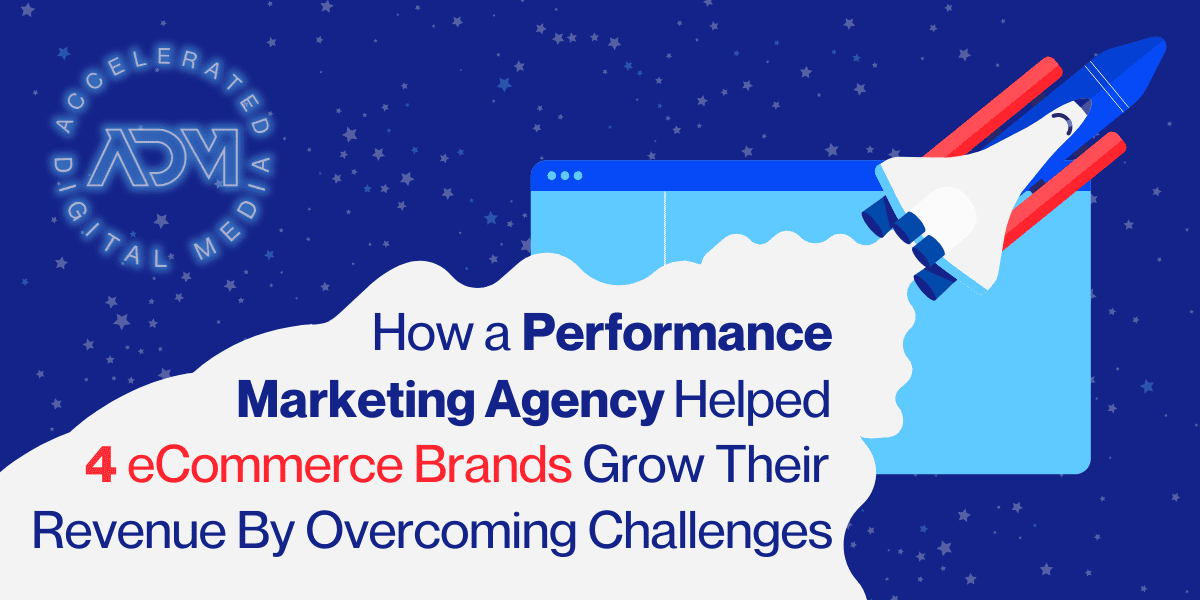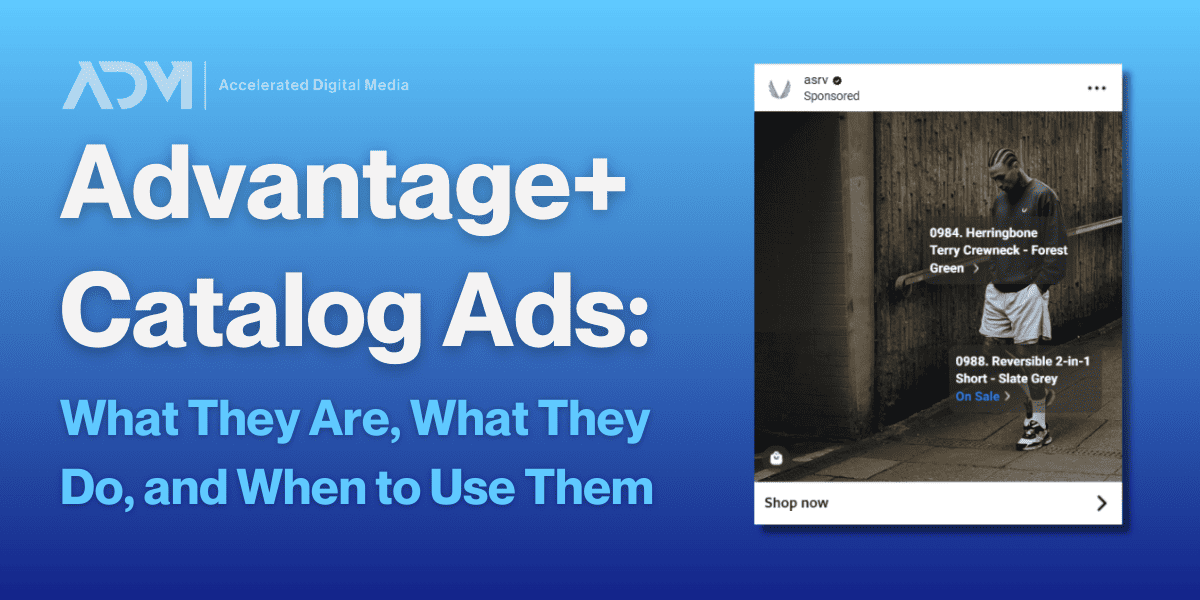Google’s AI-powered Performance Max campaigns can be a revelation for eCommerce brands. Designed to replace the old Google Ads Shopping campaigns, they increase the visibility of your product listings by bringing them into more areas of the Google ecosystem.
Because of the importance of Performance Max, ADM is producing a series of guidance blogs about how to get the most out of it. Last time around, we discussed the importance of segmentation when creating Performance Max campaigns. This time, we’ll focus on the bedrock for using them to build product listing ads: a complete and well-optimized product feed. Here’s how to build and optimize a product feed to set Performance Max campaigns up for success.
Testing User-Facing Elements: Titles and Images
Whether a potential customer will engage often hinges on first impressions—for product listing ads, that means the item’s title and image.
Product titles are easy to update and test. They should (obviously) reflect what the item is while providing more specificity about the exact variety or model of item, in instances where there are options. Many advertisers fail to test subtle elements like these, so finding the exact titles and title formats that help sell your products can set your ads apart.
Advertisers can also test different images in their product feed by simply swapping out the URL used in the [image_link] field in the feed. This can be done either within Google Merchant Center or by supplemental feed.
When dealing with lots of factors pulled from the advertiser’s product feed, that can sometimes get messy, but it’s resolvable: in Performance Max you can set up automated rules that will clean up unattractive elements at scale (and if your product inventory is simply too large to manage through Automated Rules, changes can also be made on a more granular level via supplemental feeds).
There’s no way to run concurrent A/B tests in Performance Max, but using the “custom_label” fields to tag items into test groups can help you organize the items that are playing by the new rules you are testing. Run the test as a pre-post, noting exactly what attributes changed for the test and the dates that the test started in the custom_label field.
For example: ADM had an apparel client whose Shopify feed had been configured to use the H1 tag from the product’s landing page as its title, followed by the print or color of the item. So you’d see things like “Girls’ Dress in Pink Elephants, Pink Elephants…” included in the advertiser’s titles. We created an automated rule for each color and print in their catalog to change instances of “ in {color or print name}, {color or print name}” to just “ in {color or print name}.” The same principle applies for what images from the feed that the campaign will pull, for instance.

Caraway
Learn how ADM helped Caraway transition from Smart Shopping to Performance Max without missing a beat.
Appeasing the Algorithms With Crawlability
Just as you want user-facing elements to be user-friendly, you have to also keep in mind what the robots are looking for.
To optimize your feed, consider the crawlability aspect – a key element in ensuring that search engine algorithms can effectively read and interpret your product data. The ‘Description’ field is a crucial area where including relevant and detailed information is vital.
Many advertisers’ feeds are set to simply pull in elements from the website. This can be a problem, because the way an item is described on the site might not be the best way to describe it for advertising—and this can also rope in a lot of unnecessary material into the field, like in-line CSS code. Removing those elements can preserve character count, allowing you to provide more useful product details.
Another element is ensuring that you’re including the most specific inputs you can across your feed. For something like clothing, you may want to fill in a gender column for your products: “male”; “female”; “unisex.” That can also apply to things like age groups—especially in the case of babies’ or children’s products, where there are countless age and size distinctions.
It’s vital to provide as many accurate, crawlable inputs as possible. There are also Google Product Categories to consider. Because Google can redefine these at any time, it’s important to update your Merchant Center settings to allow Google to auto-categorize your products rather than trying to stay on top of updating them manually.
Broaden Your Reach with Comprehensive Data
As mentioned, it’s vital that the language used in ad assets be aligned with your brand’s strategic goals. While a searcher may not directly witness the product description, it significantly impacts the product’s visibility across auctions. Incorporating strategic language and ample detail amplifies the product’s reach, effectively broadening your net. In the old days of SEO, the concept was referred to as “keyword stuffing.” While that might not be an adequate SEO approach anymore, comprehensive keywording is a valid approach to Performance Max.
This approach ensures that Google comprehensively understands the product’s relevance to various search queries, contributing to increased impressions. Leveraging landing pages in a strategic manner further reinforces this approach, although it’s important to acknowledge that not all advertisers can readily alter their landing pages to test this approach.
Getting More Out of Performance Max Product Ads
Successful eCommerce Performance Max campaigns rely on a thoughtful approach to feed construction and optimization. It isn’t always easy to appeal to both the algorithms that will decide when ads are shown and the people to whom they are displayed, but thoroughness, testing, and strategic intent are key.
Stay tuned for additional insights on leveraging Performance Max campaigns, covering feed enhancement, budget management strategies, and beyond. If you have inquiries regarding the advantages of these strategies or other tailored digital marketing approaches for your business, feel free to start a conversation with us.




